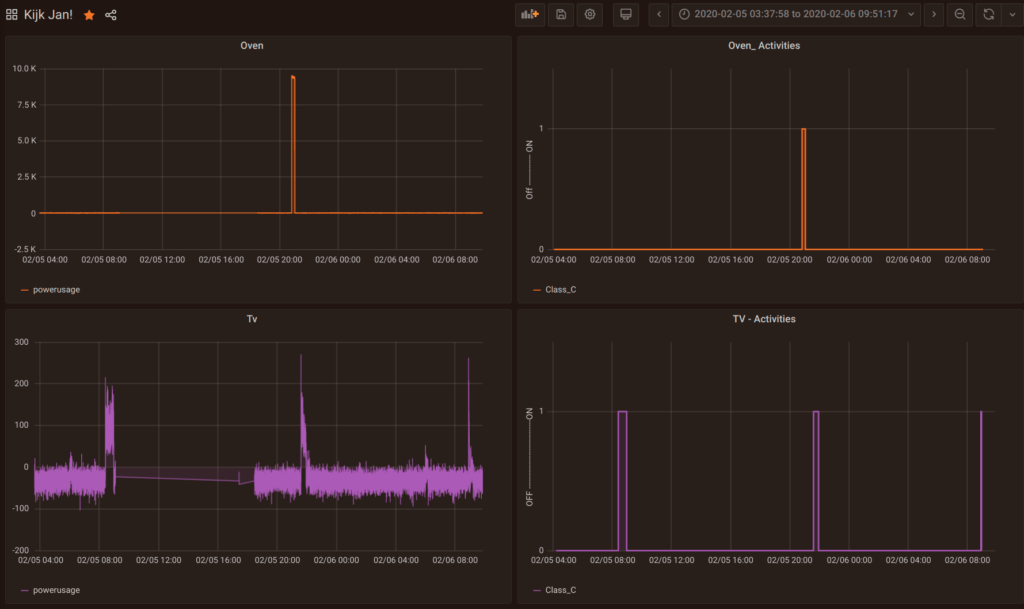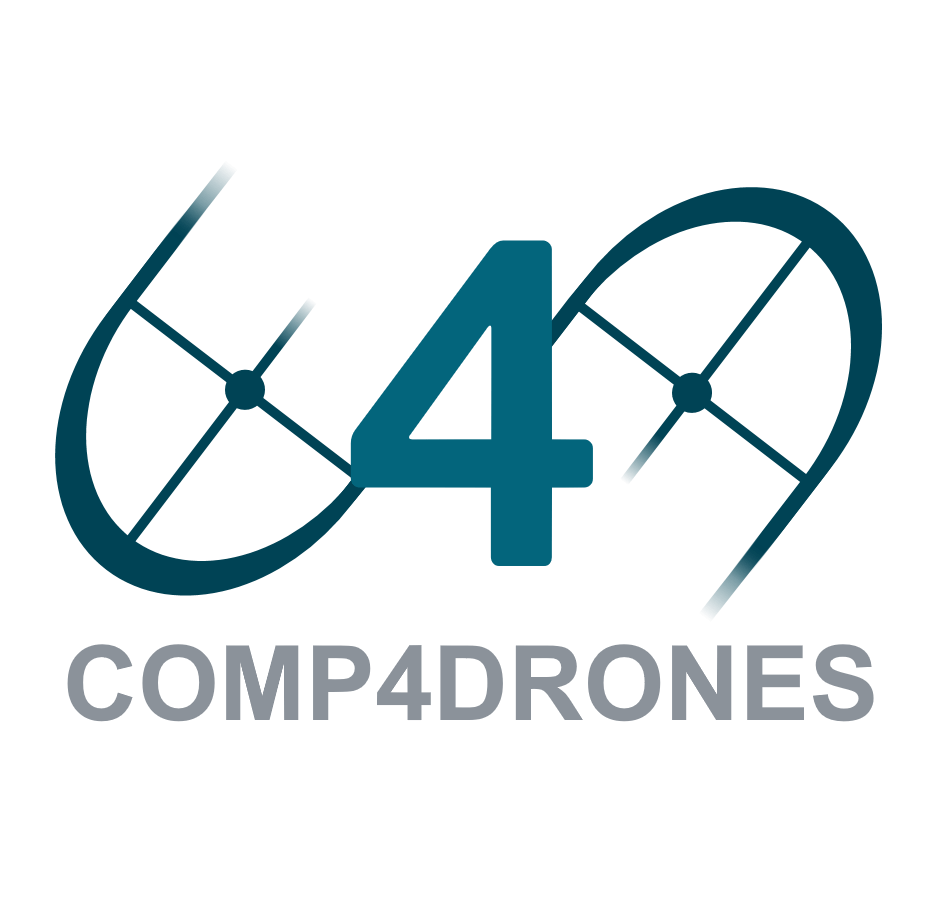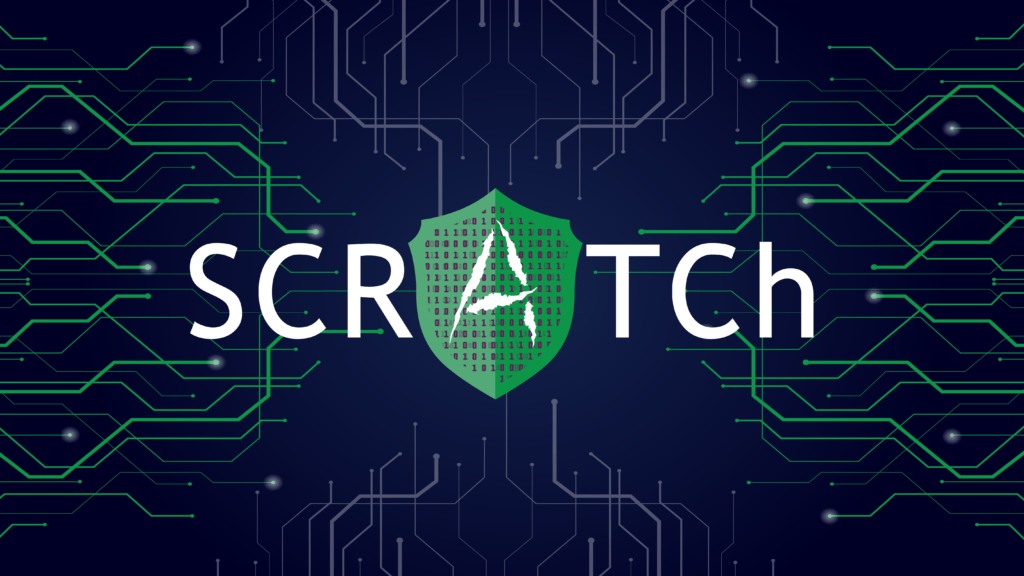Resilient Trust
Resilient Trust- Trusted SMEs for Sustainable Growth of Europeans
Economical Backbone to Strengthen the Digital Sovereignty
- Duration: 10/2023 – 09/2026
- Funding: Horizon Europe
Partners: Universite Gustave Eiffel, Fraunhofer Gesellschaft Zur Forderung Der Angewandten Forschung Ev, Imst Gmbh, Dgs Spa, Akkodis Italy , Centro Nautico Permare, Ro Technology , Rulex Innovation Labs , Universita Degli Studi Di Genova, Link Campus University, Universita Degli Studi Dell’aquila, Almende, Intrinsic ID, Technische Universiteit Delft, Beammwave Ab, Lunds Universitet, Arteris Ip, Commissariat A L Energie Atomique Et Aux Energies Alternatives, Institut Polytechnique De Grenoble, Centre National De La Recherche Scientifique Cnrs, Microwave Characterization Center, Seamless Waves, Sorbonne Universite, Centre National De La Recherche Scientifique Cnrs, Stmicroelectronics Rousset Sas, Globalfoundries Dresden Module One Llc & Co. KG, Csem Centre Suisse D’electronique Et De Microtechnique Sa – Recherche Et Developpement, Securosys SA, 3db Access AG, Rheinisch-Westfaelische Technische Hochschule Aachen, Politechnika Gdanska
Resilient Trust
The RESILIENT TRUST initiative seeks to advance the IoT5.0 paradigm—an AI-enhanced Internet of Things ecosystem—by addressing its inherent security vulnerabilities, particularly those that disproportionately affect SMEs.
As IoT technologies proliferate, offering unprecedented automation and solutions for demographic shifts, labor shortages, and production inefficiencies, they also elevate the risk landscape.
The project underscores the necessity for scalable security frameworks capable of countering sophisticated threats, including post-quantum and AI-driven attacks.
Focusing on the development of specialized hardware and a meticulously designed secure processing chain architecture, RESILIENT TRUST aims to fortify end-to-end security across IoT networks.
By conducting comprehensive threat modeling, asset identification, risk analysis, and defining security objectives and requirements, the project endeavors to build a resilient and trustworthy IoT ecosystem.
The main goal of the RESILIENT TRUST project is to ensure end-to-end security in the AI-driven Internet of Things (IoT5.0), specifically focusing on empowering small and medium-sized enterprises (SMEs) to participate safely and effectively.
Contribution
Almende will coordinate the task and will help in defining the “Ambient Intelligence in Office Spaces” use case, focusing on secure HW and SW improvements for its Crownstone technology aimed at large-scale trustworthy applications in office spaces.
Results
The main goal of the RESILIENT TRUST project is to ensure end-to-end security in the AI-driven Internet of Things (IoT5.0), specifically focusing on empowering small and medium-sized enterprises (SMEs) to participate safely and effectively.
More info?
Need specific information regarding our projects? Please contact our senior consultant for more information.











